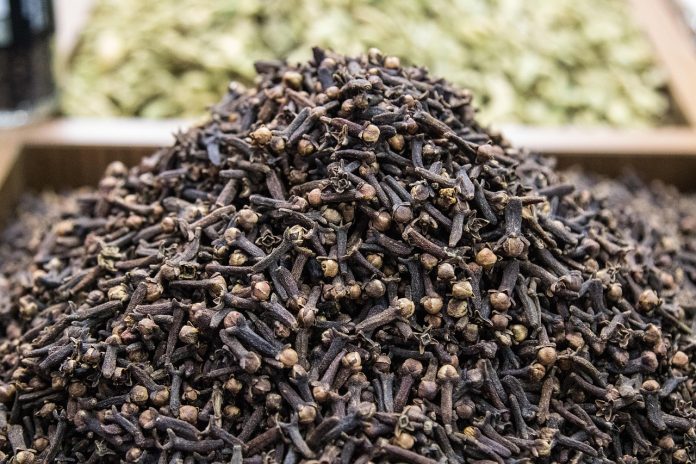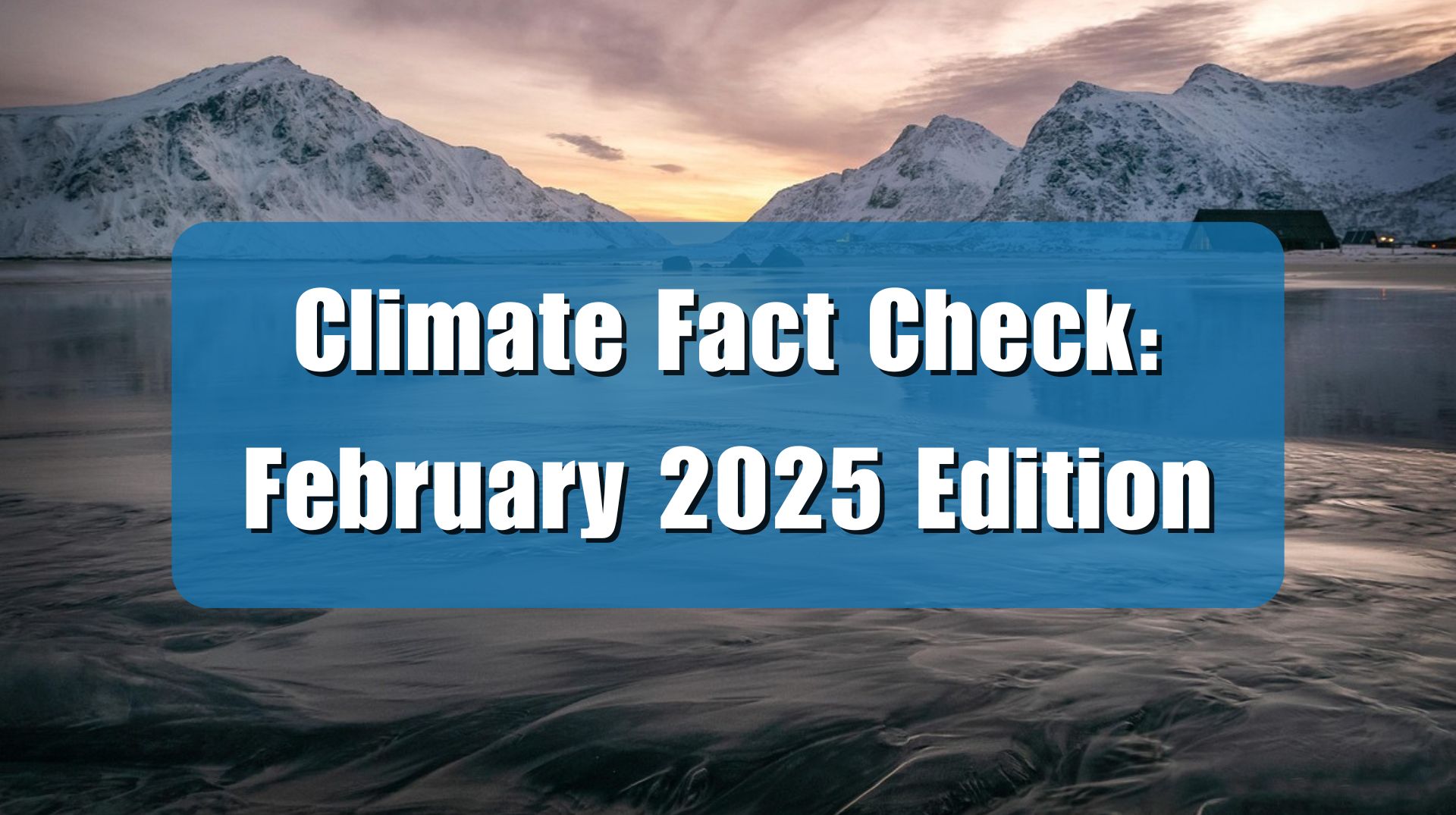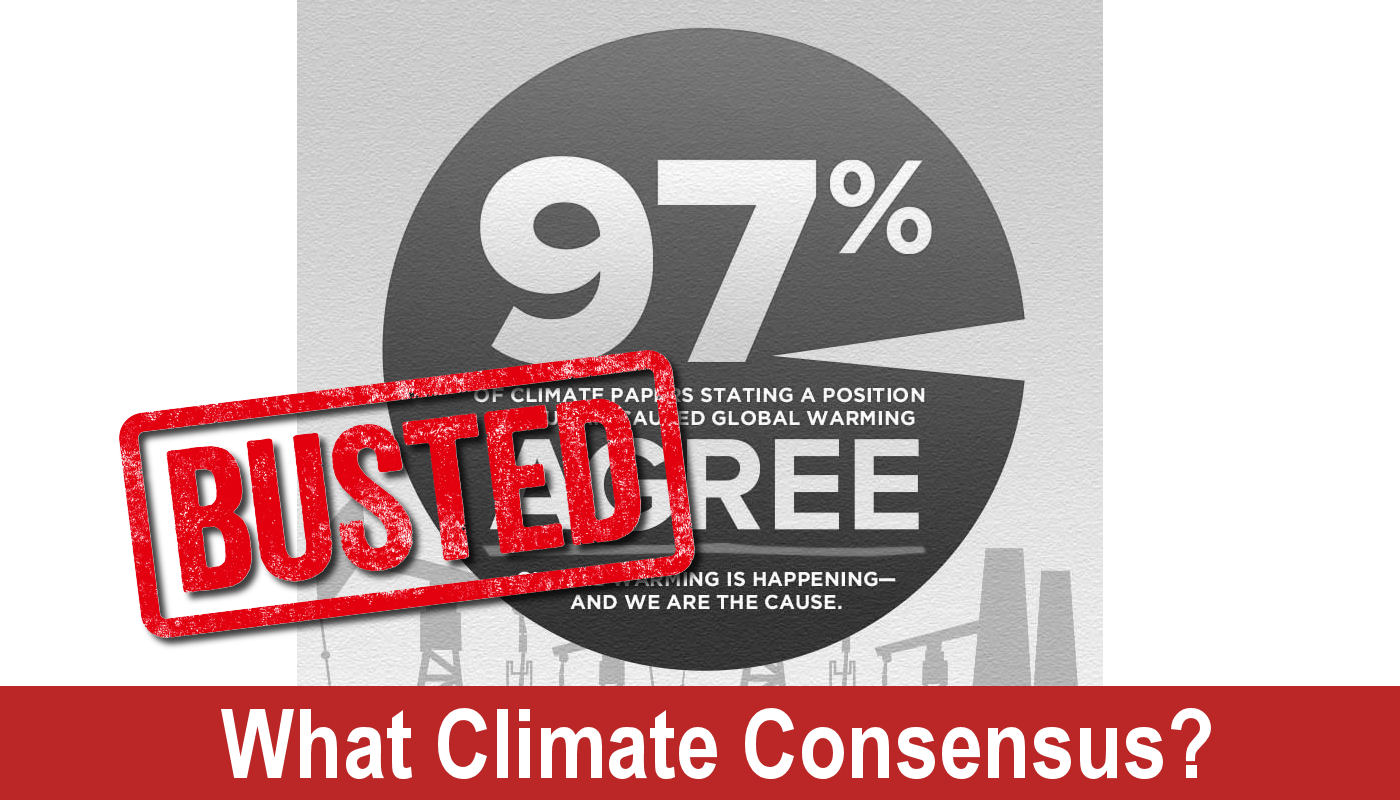Recently, multiple media outlets picked up a wire story from the Agence France-Presse (AFP) wire service claiming human caused climate change threatens the viability of Indonesia’s clove production. Data tell a different story. Clove production in Indonesia, other top clove producing countries, and globally in general, has increased during the recent period of slight global warming, in part due to the carbon dioxide fertilization effect and in part due to better growing conditions in general.
Daily Sabah and Arab News, among other regional media outlets, ran the AFP story, respectively titled, “Indonesia’s clove industry on brink as climate change worsens,” and “Climate change takes spice from Indonesia clove farms.” AFP’s story is a series of anecdotes relayed by select farmers detailing the recent problems they’ve had with their clove harvests in recent years. Indonesia is the largest clove producing country. AFP writes that U.N. “Food and Agriculture Organization [FAO] data from the past two decades shows Indonesia’s clove yields vary significantly, more than rival producers,” assuming the varying yields, and recent declines are due to climate change.
Yet, yields vary from year to year in every country and for every crop, and AFP provides no evidence, meaning hard data, showing that rainfall patterns have either become more infrequent, indicate heavier rainfall and flooding, or have become more erratic and unpredictable over the past 30 years of climate change.
Rather than relying solely on some farmers self-reporting on hardships and drawing general conclusions about clove production, AFP should have looked at the underlying data from the FAO. Had it done so, it would have found, during the recent modest warming, since 1990:
- Indonesia’s clove yields increased more than 46 percent;
- Indonesia’s clove production expanded by more than 102 percent.
What’s true for Indonesia is true for world clove yields and production as well over the same time period:
- Global clove yields grew by more than 67 percent;
- Global clove production increased by more than 126 percent. (See the figure, below)
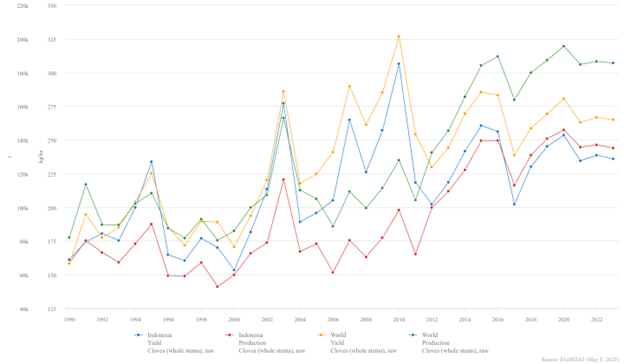
Data from the global data research firm, Tridge, shows that what is true for Indonesia is equally true for each of the top ten clove producing countries – varying yearly production but overall growth between 2007 and 2021, the last year for which Tridge provides data. (See the graph, below)
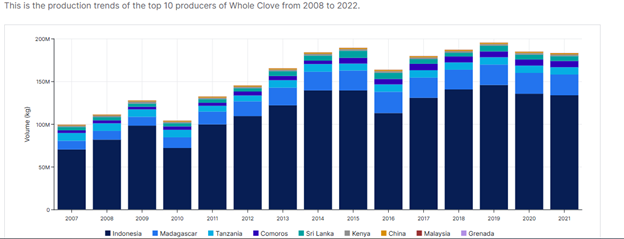
As Climate Realism has repeatedly shown before, here, here, and here, for example, AFP seems wedded to reporting the narrative that humans are causing dangerous climate change, even when the data repeatedly debunks such assertions. Sadly, that seems to be an accurate reflection not just of AFP, but of the state of mainstream media climate reporting today.














